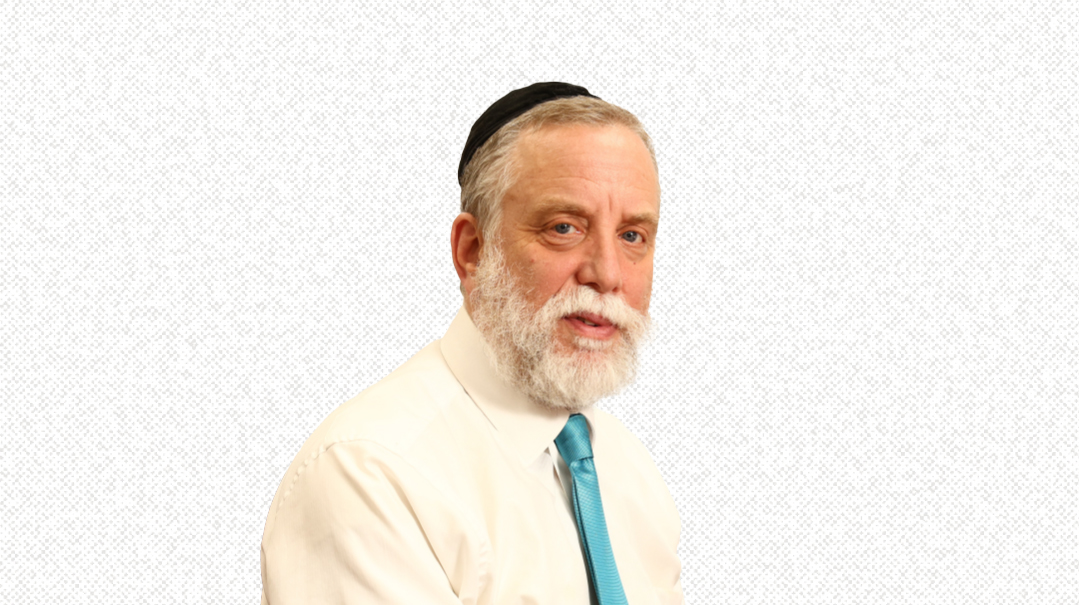Root Words
| July 2, 2024A US military chaplain inspired Jewish soldiers with the secrets of lashon kodesh

Photos: Elchanan Kotler, family archives
Fort Dix, New Jersey, 1983
Yehoshua Steinberg is scaling a steep cliff, lugging his heavy rucksack and equipment. Pausing briefly to wipe the sweat off his forehead, he glances back to check on his group of recruits on this grueling predawn hike. They seem to have covered a lot of ground — but the terrain ahead looks far more rugged than anything the unit has encountered thus far. He takes a deep breath and pushes himself forward, ignoring the pangs of exhaustion that threaten to drag him down and end the drill in failure.
As Yehoshua trudges on, he reflects on his decision to join the United States Army. He had wanted to give back to this country, so hospitable to his people after all it had endured throughout history. But was it really worth all this? The young chaplain-to-be put his qualms aside and realigned himself with the importance of the task at hand. He knew that this was what he wanted to do — so he was ready to give it his all.
Indeed, Rabbi Yehoshua Steinberg wound up spending three decades in the US military as a chaplain, serving with deep dedication — but there was a game-changing aspect of his work that he had not foreseen. His conventional duties as a chaplain — providing words of encouragement and faith to servicemen beset by the trials of training and the horrors of war — turned out to be a catalyst for an unconventional approach in reigniting the souls of Jews.
Oops! We could not locate your form.







